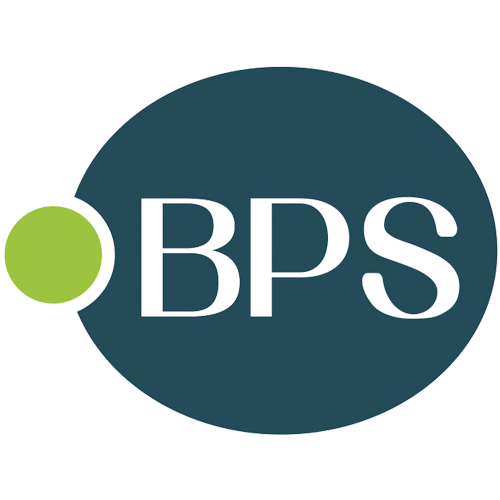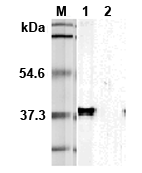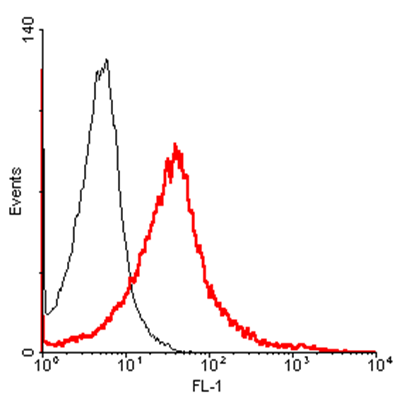
Tim-3 (mouse):Fc (human) (rec.)
AG-40B-0191
Protein IDQ8VIM0
Product group Proteins / Signaling Molecules
Overview
- SupplierAdipoGen Life Sciences
- Product NameTim-3 (mouse):Fc (human) (rec.)
- Delivery Days Customer10
- CertificationResearch Use Only
- Concentration1 mg/ml
- Estimated Purity>95%
- Protein IDQ8VIM0
- Protein NameHepatitis A virus cellular receptor 2 homolog
- Scientific DescriptionRecombinant protein. The extracellular domain of mouse Tim-3 (aa 21-189) is fused to the N-terminus of the Fc region of human IgG1. Produced in HEK 293 cells. Endotoxin: 95% (SDS-PAGE). The TIM (T cell/transmembrane, immunoglobulin and mucin) family plays a critical role in regulating immune responses, including allergy, asthma, transplant tolerance, autoimmunity and the response to viral infections. The unique structure of TIM immunoglobulin variable region domains allows highly specific recognition of phosphatidylserine (PtdSer), exposed on the surface of apoptotic cells. Tim-3 is also activated by galectin-9, leading to T cells inhibition. Tim-3, a type I transmembrane protein, contains an immunoglobulin and a mucin-like domain in its extracellular portion and a tyrosine phosphorylation motif in its cytoplasmic portion. Tim-3 is preferentially expressed on Th1 and Tc1 cells, and generates an inhibitory signal resulting in apoptosis of Th1 and Tc1 cells. Tim-3 is also expressed on some dendritic cells and can mediate phagocytosis of apoptotic cells and cross-presentation of antigen. Tim-3 functions to inhibit aggressive Th1-mediated auto- and alloimmune responses. Tim-3 pathway blockade by administration of Tim-3:Fc fusion protein accelerates diabetes in nonobese diabetic mice, causes hyperproliferation of Th1 cells and Th1 cytokine release in an experimental autoimmune encephalomyelitis (EAE) model and prevents acquisition of transplantation tolerance induced by costimulation blockade. - The TIM (T cell/transmembrane, immunoglobulin and mucin) family plays a critical role in regulating immune responses, including allergy, asthma, transplant tolerance, autoimmunity and the response to viral infections. The unique structure of TIM immunoglobulin variable region domains allows highly specific recognition of phosphatidylserine (PtdSer), exposed on the surface of apoptotic cells. Tim-3 is also activated by galectin-9, leading to T cells inhibition. Tim-3, a type I transmembrane protein, contains an immunoglobulin and a mucin-like domain in its extracellular portion and a tyrosine phosphorylation motif in its cytoplasmic portion. Tim-3 is preferentially expressed on Th1 and Tc1 cells, and generates an inhibitory signal resulting in apoptosis of Th1 and Tc1 cells. Tim-3 is also expressed on some dendritic cells and can mediate phagocytosis of apoptotic cells and cross-presentation of antigen. Tim-3 functions to inhibit aggressive Th1-mediated auto- and alloimmune responses. Tim-3 pathway blockade by administration of Tim-3:Fc fusion protein accelerates diabetes in nonobese diabetic mice, causes hyperproliferation of Th1 cells and Th1 cytokine release in an experimental autoimmune encephalomyelitis (EAE) model and prevents acquisition of transplantation tolerance induced by costimulation blockade.
- Storage Instruction-20°C,2°C to 8°C
- UNSPSC12352202




